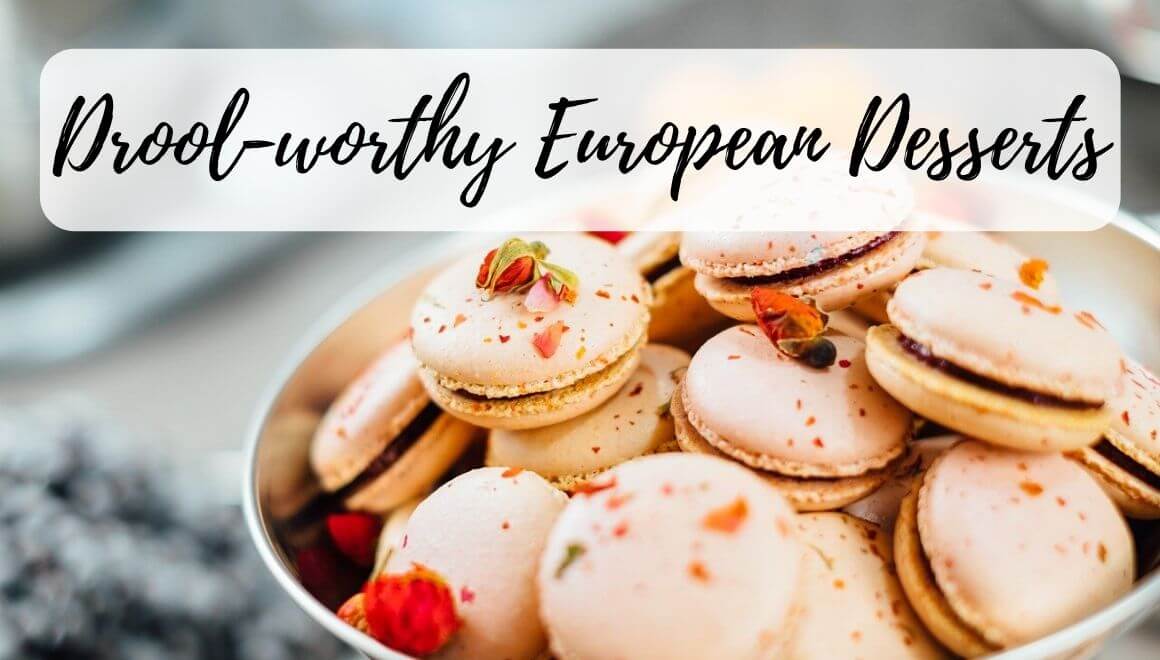French macarons and Italian cannolis are popular sweet treats loved by people all over the world. French macarons originated in Paris in the early 20th century, while Italian cannolis come from Sicily and are believed to have been created during Arab occupation. French macarons are petite, colorful sandwich cookies with crispy outer layers and chewy or creamy centers, while Italian cannolis are tube-shaped pastries with crispy, deep-fried shells and creamy filling. Both are high in sugar and calories, but offer a delightful experience for anyone with a sweet tooth. The choice depends on preference for texture, flavor, and presentation.
French Macarons vs. Italian Cannolis: A Sweet Showdown of European Treats
Both French macarons and Italian cannolis are sweet treats loved by dessert enthusiasts all over the world. Beyond their immaculate presentation and fragrant flavors, these European delicacies are popular for their crispy outer layers that give way to chewy or creamy centers.
Here’s a comparison between French macarons and Italian cannolis to help you decide which one to savor on your next dessert run.
– Origins
French macarons originated in the early 20th century in Paris, France, but the first recipe for macarons was recorded by the Italian chef of Catherine de’ Medici in the 16th century. On the other hand, cannolis hail from Sicily and are believed to have been created during the Arab occupation of the island.
– Appearance
French macarons are petite round or oval-shaped sandwich cookies with feet, smooth tops, and smooth or ridged edges. They come in an array of colors, ranging from pastels to bright hues, that make them visually stunning. Italian cannolis, on the other hand, are tube-shaped pastries made of deep-fried dough. The crispy shells have a golden color and a puffy texture, while the filling features a thick, cream-based mixture often studded with pistachios, chocolate chips, or candied fruit.
– Ingredients
The core ingredients of French macarons are almond flour, confectioner’s sugar, and whipped egg whites. Flavor and color variations are then added by adding different kinds of food coloring and fillings such as buttercream, ganache, or fruit jams. Meanwhile, cannolis are made of flour, sugar, cinnamon, egg yolks, marsala wine, and sometimes chocolate or vanilla extract. The filling is made of a blend of ricotta cheese, confectioner’s sugar, vanilla extract, and sometimes chocolate chips or candied fruit.
– Texture
French macarons are famous for their crispy outer shell that contrasts with the soft, chewy core. When made perfectly, their delicate texture is said to ‘melt in your mouth.’ Italian cannolis, on the other hand, boast a crispy, crunchy texture from their deep-fried shells that give way to a soft, creamy filling.
– Flavor
French macarons are known for their delicate, distinct flavors that are often enhanced by the fillings. Popular flavors include vanilla, chocolate, raspberry, lemon, and coffee. Italian cannolis, on the other hand, have a richer, creamier taste with a subtle tang from the ricotta cheese. Traditional varieties are filled with pure ricotta cheese and candied citron, but flavors such as chocolate, Nutella, and pistachio have also become popular.
– Nutritional Value
Unfortunately, neither French macarons nor Italian cannolis are known for their nutritional value. French macarons are high in sugar and calories, with a serving size of two cookies providing around 100-150 calories. On the other hand, an Italian cannoli contains around 340 calories, with a significant amount of saturated fat due to its ricotta content.
In conclusion, the choice between French macarons and Italian cannolis depends on your preference for texture, flavor, and presentation. Both delicacies are renowned for their unique traits and offer a delightful experience for anyone with a sweet tooth. However, it’s important to enjoy these treats in moderation, considering their high caloric content.
